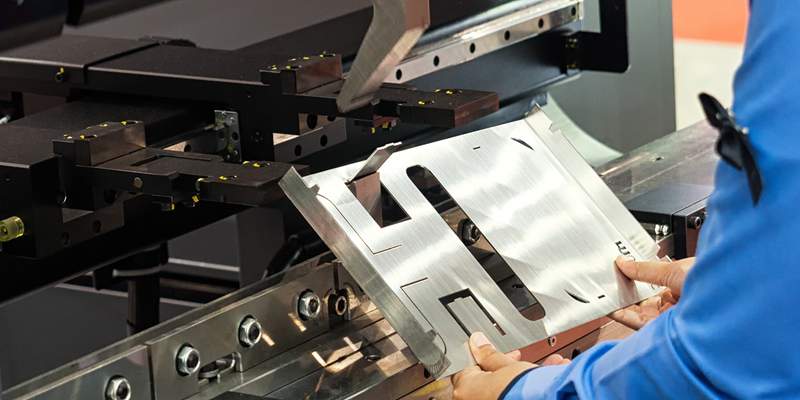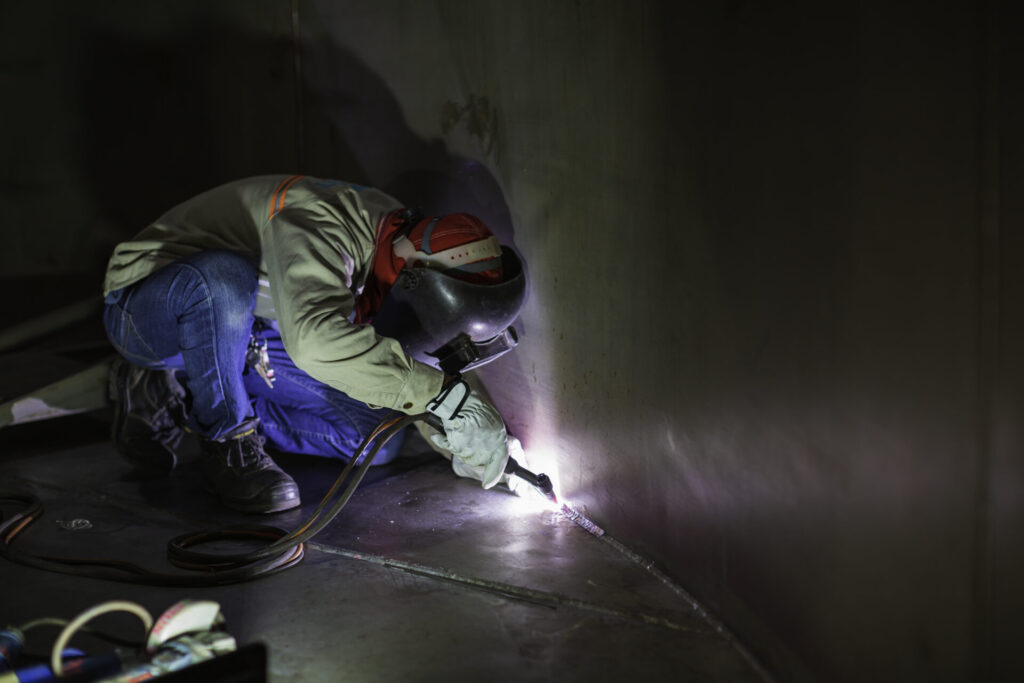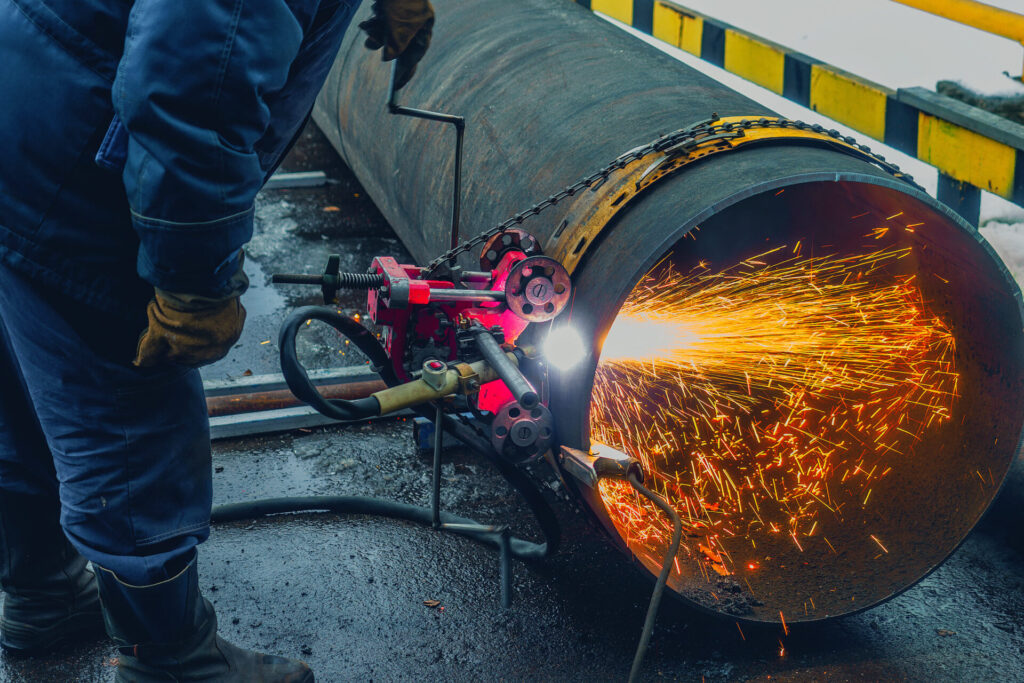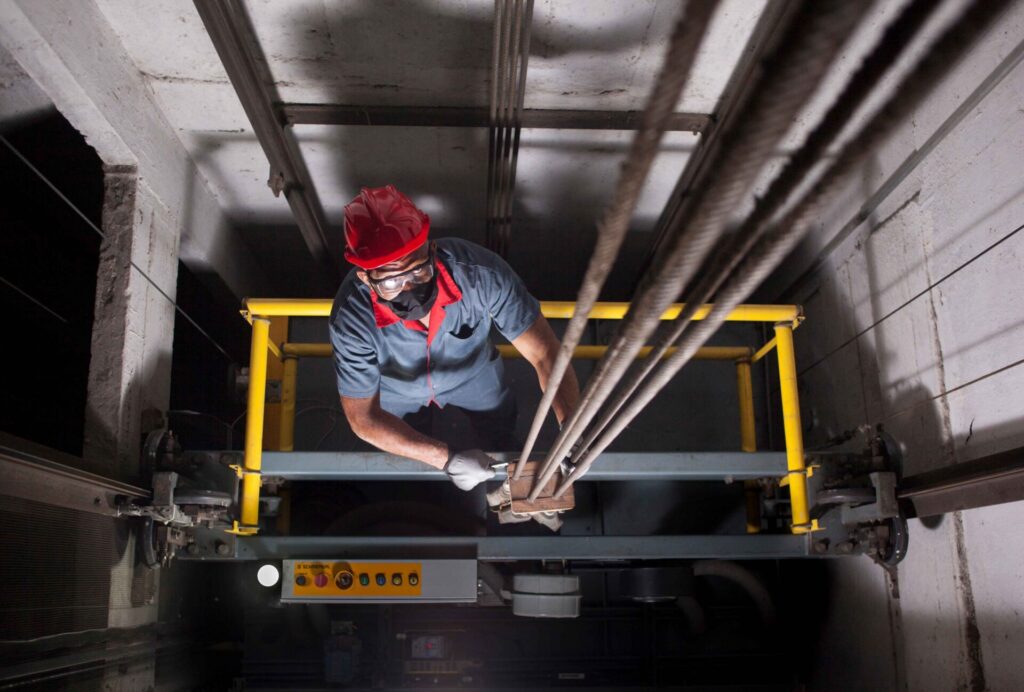Customised welding and finishing work entail tailoring welding processes and finishing techniques to meet specific project requirements and client preferences. This approach ensures that each component receives the exact specifications necessary for optimal performance and aesthetic appeal. From selecting the appropriate welding methods to applying specialised finishes, every step is meticulously executed to achieve the desired outcome. Whether it’s creating intricate designs or ensuring structural integrity, customised welding and finishing works reflect precision, attention to detail, and a commitment to delivering exceptional results tailored to the unique needs of each project.
Oil and gas industry welding is critical for ensuring the integrity and safety of equipment used in extraction, refining, and transportation processes. With the harsh operating conditions and stringent regulatory requirements of this sector, welding plays a pivotal role in constructing and maintaining pipelines, storage tanks, and offshore platforms. Specialised welding techniques, such as shielded metal arc welding (SMAW) and gas tungsten arc welding (GTAW), are employed to withstand extreme temperatures, pressures, and corrosive environments. By adhering to strict quality standards and employing certified welders, oil and gas industry welding work contributes to the reliability and longevity of infrastructure essential for the global energy supply chain.
In-house design support for customisation offers clients the advantage of tailored solutions to meet their specific needs and preferences. By having design expertise within the organisation, companies can collaborate closely with clients to conceptualise and refine ideas, ensuring that the final product aligns perfectly with their requirements. This approach streamlines the customisation process, facilitating efficient communication and quick decision-making. From initial sketches to detailed CAD models, in-house design support enables the creation of innovative and functional designs that maximise performance and aesthetic appeal. Ultimately, it fosters a collaborative environment where creativity flourishes and clients receive customised solutions that exceed their expectations.
Heavy weld engineering encompasses the specialised field of welding large-scale structures and components used in industries such as construction, infrastructure, and manufacturing. This discipline requires expertise in handling thick materials and performing welds that can withstand heavy loads and harsh environments. Skilled heavy weld engineers utilise advanced welding techniques, including submerged arc welding and flux-cored arc welding, to ensure strong, durable connections. From bridges and pipelines to offshore platforms and industrial machinery, heavy weld engineering plays a vital role in constructing robust and reliable infrastructure. It requires meticulous planning, precise execution, and adherence to rigorous quality standards to deliver welds that meet the demands of heavy-duty applications.
Art metal works combine craftsmanship with creativity to produce intricate and visually stunning metal pieces. This specialised field encompasses a wide range of techniques, including forging, casting, and sculpting, to create decorative and functional artworks. From ornate gates and sculptures to custom furniture and architectural elements, art metal works add elegance and character to both interior and exterior spaces. Skilled artisans employ traditional and contemporary methods to manipulate metal into unique shapes and designs, often incorporating intricate details and embellishments. With a focus on aesthetics and craftsmanship, art metal works showcase the beauty and versatility of metal as a medium for artistic expression.
Metal forming encompasses a diverse range of manufacturing processes used to shape metal into desired configurations. Techniques such as bending, stamping, rolling, and forging are employed to deform metal sheets, bars, or billets into specific shapes and dimensions. Metal forming plays a critical role in producing a wide array of products across industries, including automotive parts, appliances, and structural components. With its versatility and scalability, metal forming offers cost-effective solutions for manufacturing complex geometries while maintaining material integrity. From small-scale production to large-scale fabrication, metal forming techniques enable the creation of precise and durable metal components essential for various applications.
Construction metal works involve the fabrication and installation of metal components used in building structures and infrastructure projects. From structural steel beams and columns to architectural metalwork such as staircases, railings, and facades, these components play a crucial role in enhancing both the functionality and aesthetics of buildings. Construction metal works require expertise in welding, cutting, and shaping metal materials to meet structural requirements and design specifications. With its strength, durability, and versatility, metal is a preferred material choice for construction applications, offering structural stability, design flexibility, and resistance to environmental factors such as corrosion and fire.
Railings serve as essential safety features in various settings, providing support and protection along staircases, balconies, decks, and walkways. These structures are typically made from metal, offering durability and stability while complementing the architectural style of buildings. Railings come in various designs, from sleek and modern to ornate and decorative, catering to both functional and aesthetic needs. Whether in residential, commercial, or industrial spaces, railings enhance safety and aesthetics, preventing falls and accidents while adding visual appeal to the surroundings. With customisation options and adherence to safety regulations, railings play a vital role in creating secure and inviting environments for occupants and visitors alike.
Main entrance heavy-duty and automated gate metal works involve the design, fabrication, and installation of robust gates equipped with automated mechanisms. These gates serve as the primary access point to properties, ensuring security, privacy, and convenience. Constructed from durable metals such as steel or wrought iron, they offer resistance to intrusion and withstand harsh weather conditions. Automated systems provide effortless operation, allowing for remote control access and integration with security features like intercoms and cameras. Combining strength, functionality, and technology, main entrance heavy-duty and automated gate metal works provide reliable protection while enhancing the curb appeal and value of properties.












